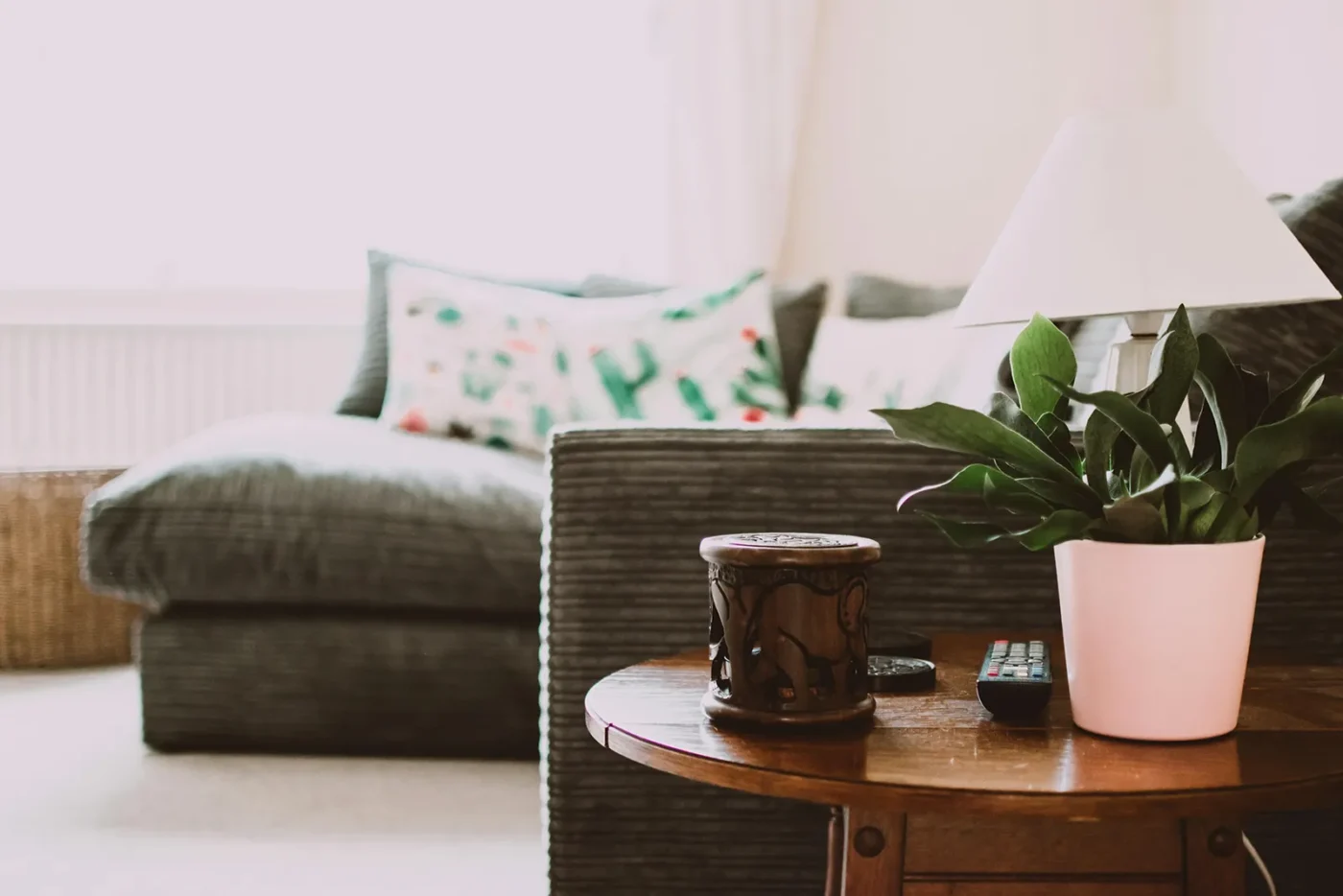Having a comfortable home isn’t just about owning quality furniture or having beautiful decorations. It’s about creating a space that promotes well-being, serenity, and functionality. You can transform your home into a soothing haven with a few simple but effective tricks. In this article, we provide practical advice on interior design, space optimization, and lighting to enhance your daily quality of life.
Interior Design: Creating Harmonious Spaces
Interior design plays a central role in the comfort of a home. Here are some principles to maximize your well-being:
Choose Suitable Furniture:
Focus on ergonomics, especially for rooms where you spend the most time, such as the living room and bedroom. Sofas and armchairs should be comfortable and suited to your body shape. A quality bed with a good mattress is also essential for restorative sleep, which is key to your well-being.
Define Clear Living Areas:
Good interior design also involves creating distinct zones for different activities. In the living room, organize the space to encourage relaxation and family moments, while incorporating areas dedicated to reading or working.
In the kitchen, facilitate movement by optimizing the worktop layout and avoiding clutter. A well-organized living space reduces stress and helps you enjoy your time at home more fully.
Depersonalize Without Losing Character:
It’s important to create an interior that reflects your personality while avoiding visual clutter. Opt for a clean and functional style, with a few decorative items that add warmth and character to your home without overloading it. Minimalism, when not taken to extremes, contributes to a soothing environment.
Space Optimization: Comfort in Fluidity
Even if you don’t have a lot of space, a well-organized home can feel larger and more enjoyable to live in. Here are some tips for optimizing space in your home:
Declutter for Better Breathing:
Clutter is the enemy of comfort. Start by sorting your belongings and keeping only what you truly need. Overloaded spaces can make a room feel stifling. Use practical storage solutions (baskets, boxes, multifunctional furniture) to hide the mess and create a sense of space.
Overloaded spaces can make a room feel stifling. Use practical storage solutions (baskets, boxes, multifunctional furniture) to hide the mess and create a sense of space.
Use Multifunctional Furniture:
Multifunctional furniture is an excellent solution for optimizing space. For example, a sofa bed in the living room, an extendable table, or storage under the bed in the bedroom. These solutions make the most of every square inch, especially in smaller spaces.
Utilize Vertical Space:
Make use of your wall heights to create clever storage. Wall shelves and suspended furniture free up floor space, making a room feel larger while remaining practical.
Lighting: A Key Factor for Well-Being
Lighting is often underestimated, yet it directly impacts your mood and comfort at home. Proper light management can completely transform a room.
Prioritize Natural Light:
Natural light is essential for creating a pleasant and healthy environment. When possible, let in as much natural light as you can by avoiding furniture or heavy curtains that block windows. Use light, sheer curtains to maintain privacy without obstructing the light.
Create Layered Lighting:
Comfort also depends on effective management of artificial lighting.
Use multiple light sources to create atmospheres suited to different times of the day.
For example, soft and warm lighting in the living room for relaxing moments, and brighter lights in the kitchen for meal preparation.
Dimmer switches allow you to adjust the intensity to your needs. Accent lighting, such as table lamps or wall sconces, can also play an important role in visual comfort.
Choose the Right Bulbs: Finally, the type of bulbs you choose can make a big difference. LED bulbs are recommended as they consume less energy and produce better-quality light. The color temperatures (warm white or cool white) can be tailored to each room to enhance comfort.
Conclusion
Creating a comfortable home doesn’t require major renovations or significant expenses. By carefully selecting your furniture, optimizing space, and paying attention to lighting, you can turn your home into a true sanctuary of peace. These simple adjustments can have a profound impact on your quality of life, making your home more welcoming, functional, and calming.

